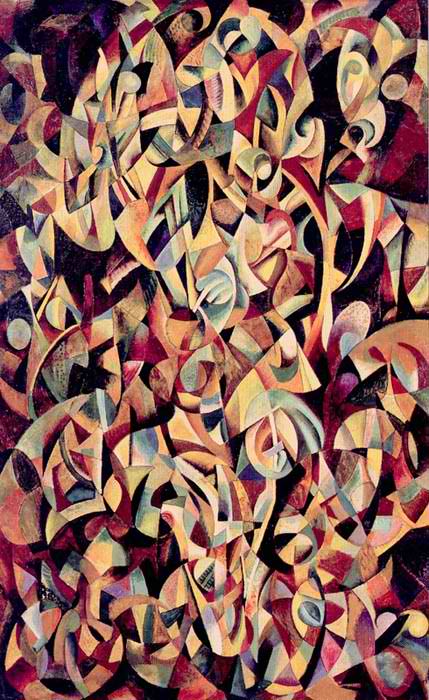|
Workers’ Club (by Alexander Rodchenko)
Workers' Club is a work by the Soviet artist, sculptor, and designer Alexander Rodchenko, a founder of Constructivism (art), constructivism. It was built for the International Exhibition of Modern Decorative and Industrial Arts, Soviet Pavilion at the Paris World's Fair of 1925. The artist aimed to create an optimal model space for self-education and cultural leisure activities, including playing chess. The display of the Workers' Club in Paris aroused great interest on the part of both artists and the general public. After the exhibition was over, the furniture set that made up the Workers' Club was gifted to the French Communist Party. Its current whereabouts are unknown, and the set is considered missing. Since the middle of the 20th century, several reconstructions of individual components of the club, as well as of the complete set, have been realized in various countries. The most complete and accurate copy of the Worker's Club was made in 2021 by experts of the Stroganov ... [...More Info...] [...Related Items...] OR: [Wikipedia] [Google] [Baidu] |
Alexander Rodchenko
Aleksander Mikhailovich Rodchenko (; – 3 December 1956) was a Russian and Soviet artist, sculptor, photographer, and graphic designer. He was one of the founders of constructivism and Russian design; he was married to the artist Varvara Stepanova. Rodchenko was one of the most versatile constructivist and productivist artists to emerge after the Russian Revolution. He worked as a painter and graphic designer before turning to photomontage and photography. His photography was socially engaged, formally innovative, and opposed to a painterly aesthetic. Concerned with the need for analytical-documentary photo series, he often shot his subjects from odd angles—usually high above or down below—to shock the viewer and to postpone recognition. He wrote: "One has to take several different shots of a subject, from different points of view and in different situations, as if one examined it in the round rather than looked through the same key-hole again and again." He is also known ... [...More Info...] [...Related Items...] OR: [Wikipedia] [Google] [Baidu] |

